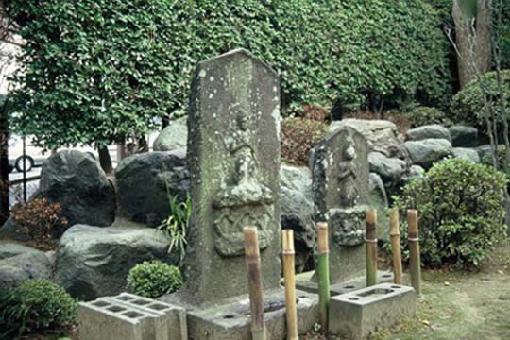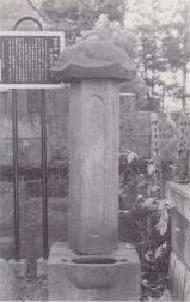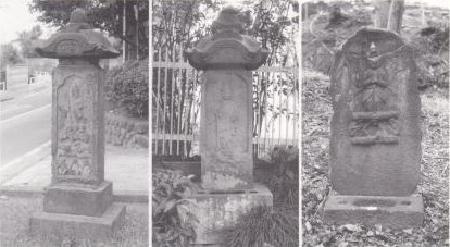Update date: June 27, 2017

Koshin Pagoda in the precincts of Jorakuji Temple
Comes around every 60 days Koushin On the day, Member People gather at the designated house, perform certain rituals, eat and drink together through the night, and then disperse at dawn. Koshin lecture This is the general form of the style that became popular in rural areas after the Edo period. Popular beliefs In commemoration of the continuation of the group, the members held a memorial service for the deceased. Koshin Tower will be constructed.
Koshin faith There are several theories about the original form of the Three Corpses The insects, Koushin On the night of Crime of Heavenly Emperor China's Taoism There is also a view that the teachings of the Taoist religion were combined with Buddhist beliefs, and that the Taoist teachings were originally from Japan before the Taoist thought of China. Shinto In any case, it seems that the belief in Koshin began among aristocratic society during the Heian period, and spread to samurai society during the Kamakura and Muromachi periods. In the Edo period, the belief spread to rural areas across the country, and tower construction became popular.
Let's take a look at the Koshin towers around the city.
There are currently 40 of them in circulation, ranging in age from Kanbun The oldest tower was built in 1664, and we can see that construction of towers was centered up until around 1800. Furthermore, the construction sites were often moved due to road widening and other reasons, so it is not possible to clarify the regional distribution characteristics.
The form of the Koshin tower is as follows: Square prism (Tombstone-shaped) is the most common, followed by Komagata , Boat Shape The following is carved in the center of the Koshin Tower: Emperor Most of the Blue-faced Vajra And other things Jizo Bodhisattva or a specific Sacred statue There are also a few that have only text without any engraving.
The diagram below shows the typical shape of a Koshin tower. devil Shomen Kongo stands in the center, stepping on the Divine messenger is Three Wise Monkeys "See no evil, hear no evil, speak no evil" Suspension It is said that this attitude is Waiting for a day・Moon Waiting Other carvings include the sun, moon, and chickens, which represent faith.
Next, I would like to introduce the Koshin Tower, a city designated cultural property.
Ikoji Temple The Koshin tower erected in the precincts is Sadayoshi It was built in 1684 on the summit of a mountain near its current location, and was later moved to the grounds of Ikoji Temple. Hat I put Stone pillar shape The shape of the tower is very unusual, and the builder Yoshinari Fujiwara was a Hatamoto who ruled this area at the time. Tarozaemon Kato Yoshinari It is believed that there are very few examples of towers built by feudal lords in this way.

Koshin Pagoda of Ikoji Temple

The shape of a typical Koshin pagoda
Regional distribution
| district |
quantity |
| Yanoguchi |
9 |
| Oshidate |
1 |
| Higashinaganuma |
7 |
| Daimaru |
6 |
| 100 villages |
6 |
| Sakahama |
6 |
| Hirao |
5 |
| total |
40 |

Koshin Pagoda in the city











